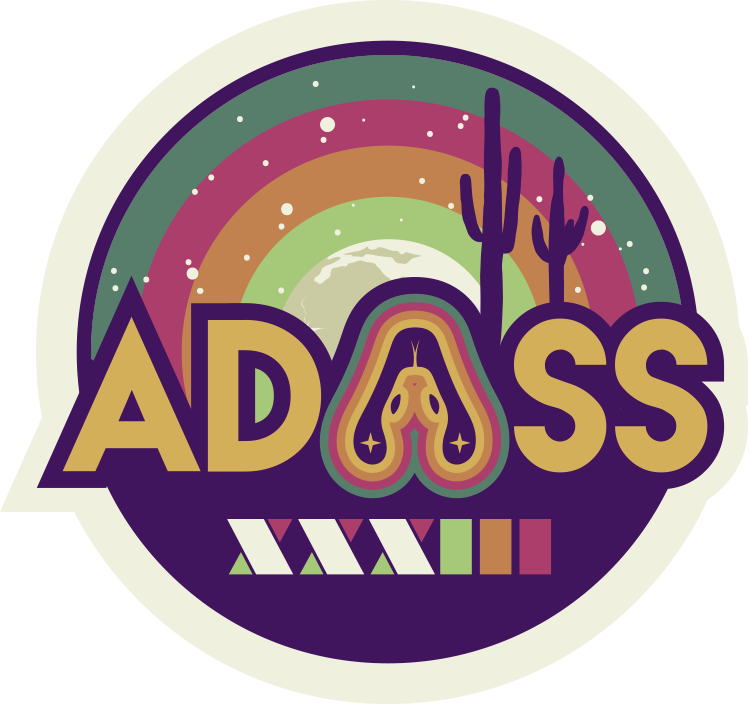ADASS posters are displayed all week
When
Theme: Ground and space mission operations software
HiRISE [1][2], aboard NASA's Mars Reconnaissance Orbiter (MRO), and CaSSIS [3], aboard ESA's ExoMars Trace Gas Orbiter (TGO), are high-resolution, narrow-angle, color imaging systems. Science returns from these instruments are maximized by precision targeting and an understanding of the geography and geology of a candidate observation site; mission planning for such instruments requires science-driven planning tools.
JMARS [4], the Java Mission-planning and Analysis for Remote Sensing tool, is a geographic information system (GIS) developed at Arizona State University. It combines numerous datasets from multiple spacecraft missions for several solar system bodies; despite the name, JMARS is not limited to Mars operations. The tool supports global image layers, local image layers, individual images, geographic data layers, and feature annotations. It includes an extensive Java programming interface, and it is available as an open-source software project (OSS) [5].
We show here how we have used the OSS version of JMARS as a foundation for CaSSIS science operations with HiRISE operations as a guide. We've customized the JMARS built-in GIS data layer for direct access to the CaSSIS target database. This custom layer displays candidate targets that match a variety of planning criteria; the particular imaging requirements of user-selected targets can be viewed directly in the tool. Using a version of the JPL NAIF SPICE toolkit [6] adapted for Java, we display spacecraft navigation and instrument pointing in a separate custom layer that includes mission-level constraints and time-dependent details such as local time and photometric angles.
Instrument parameters are set directly in the planning tool, with integrated photometric models and resource management tools to assist in the process. We export the operations plan to file, from which we build the CaSSIS instrument command file; the same plan is integrated into the spacecraft operations plan at the main mission operations center.
JMARS runs on a wide range of computing systems, including personal desktop computers and laptops, enabling easy remote operations. As the foundation for an in-house tool, we can adapt to unexpected operational situations, such as the partial loss of instrument's capability.
[1] McEwen, A. S., et al. (2007), J. Geophys. Res., 112, 10.1029/2005JE002605; https://hirise.lpl.arizona.edu.
[2] McEwen, A. S., et al. (2023), Icarus, in press.
[3] Thomas, N., et al. (2017), Space Sci. Rev., 212, 10.1007/s11214-017-0421-1; http://cassis.unibe.ch.
[4] Christensen, P. R., et al. (2009), AGU Fall Meeting 2009, Abstract IN22A-06; http://jmars.asu.edu.
[5] https://jmars.mars.asu.edu/open_source.
[6] Acton, C. H. (1996), Planetary and Space Sci., 44, 10.1016/0032-0633(95)00107-7; https://naif.jpl.nasa.gov.



